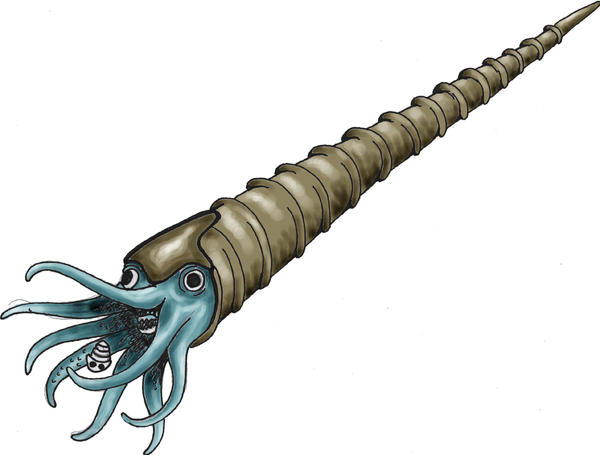Cameroceras
Cameroceras trentonese captured a Cyclostomiceras
- North America
Cameroceras is a genus of Endoceratidae family from the class of cephalopods ( Cephalopoda ). The species of the genus lived in the Ordovician.
Features
The case of Cameroceras is long to extremely long (up to 9 m). The cross section is circular to slightly flattened dorsoventrally, with a max. Diameter of about 30 cm. The cuttlebone, that is, Chambered the rear part of the housing, took at least 2 /3 to about 3/4 of the total length. The approach of the septa to the inner chamber wall ( " Lobenlinie " ) is nearly straight, or only with a shallow sinus on the ventral side. The Sipho ( organ ) Siphonalstrang took in the adult animal a about half of the housing diameter. It lies on the edge of the housing, more rarely, slightly away from the edge, if not centrally located on the ventral side of the animal. The Septenhälse are holochoanitisch. The rear parts of the siphons are filled with conical Endosiphonalablagerungen. The Endokone are simple and save you from a thin endosiphonale tube, which is located in the center of the Siphonalstranges. The appearance of the apical tip is not known as yet, no complete specimens have been found. Presumably, however, it resembles the genus Nanno and Suecoceras, which in turn are based only on the apical parts of endosiphonalen deposits. Endosiphonale deposits crystallize frequently during his lifetime of the animal in order to calcite and therefore have a higher Fossilisationspotenzial than the remaining parts of the Phragmokons, consisting of the more soluble aragonite and therefore may isolated be found.
Way of life
Little is known about the lifestyle and also about the organization of the soft tissues of Cameroceras. So far, no copies were still with fossilized remains of soft tissues or stomach contents found. Can be pulled over the soft tissue organization and way of life, therefore only speculate or analogy to recent Nautilus. The types of Cameroceras have moved using the recoil principle forward. With some probability, the deposits in the back of the siphons were to assume a horizontal swimming position. However, they have the buoyancy of Phragmokons further reduced. Already extant at Nautilus 90% of the buoyancy is compensated to the Phragmokons generated by the air-filled chamber by the weight of Phragmokons, the rest of the lift is neutralized by the soft tissues. By endosiphonalen deposits is estimated to have significantly higher at Cameroceras this ratio. This means that the flexible body relative to the housing has been relatively small. The species of the genus Cameroceras could move due to the large inertia of the housing safely only slowly progressive. Fast direction changes were not possible.
Today's Nautilus feeds on carrion and exuviae of crustaceans. This way of life is also conceivable for the slowly advancing types of Cameroceras. You could have also predatory feeding by larger, benthic trilobites living.
System
The genus was first described in 1842 by Cameroceras Timothy Abbott Conrad. The type species is Cameroceras trentonense. At present, about 40 species are assigned to the genus Cameroceras.


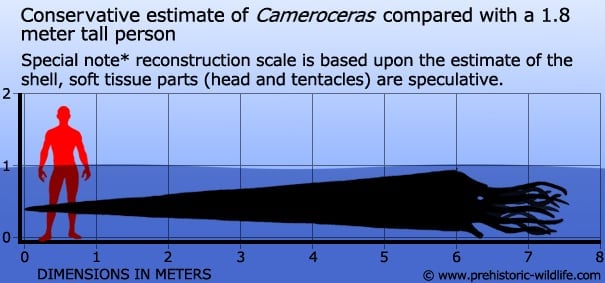
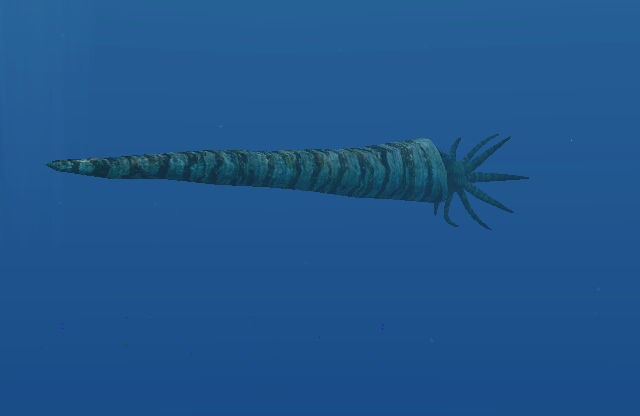

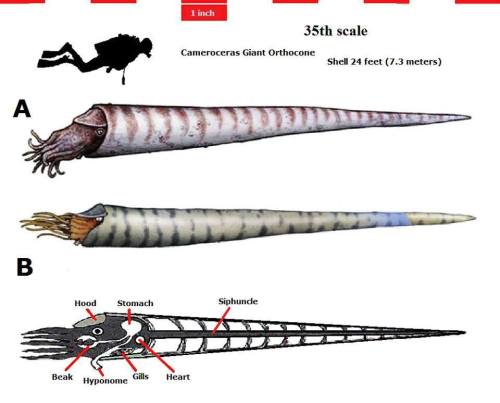


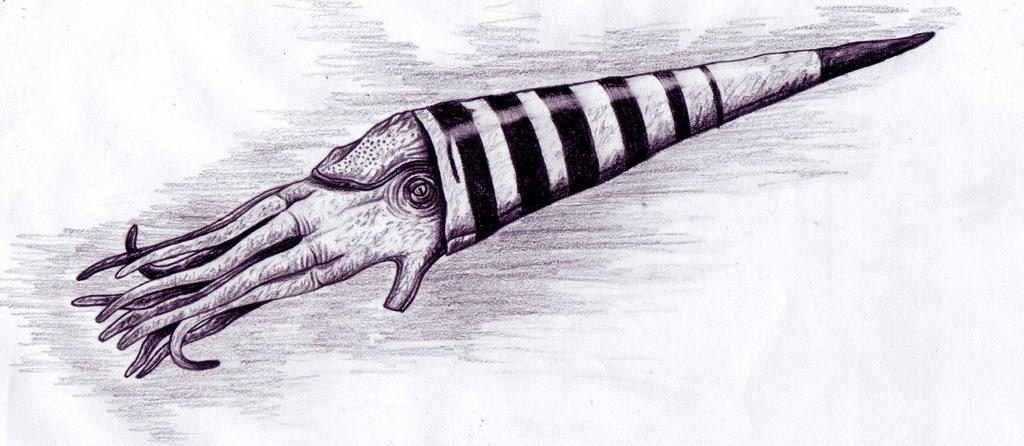
-by-Eric-Thorsen-203.jpg)
